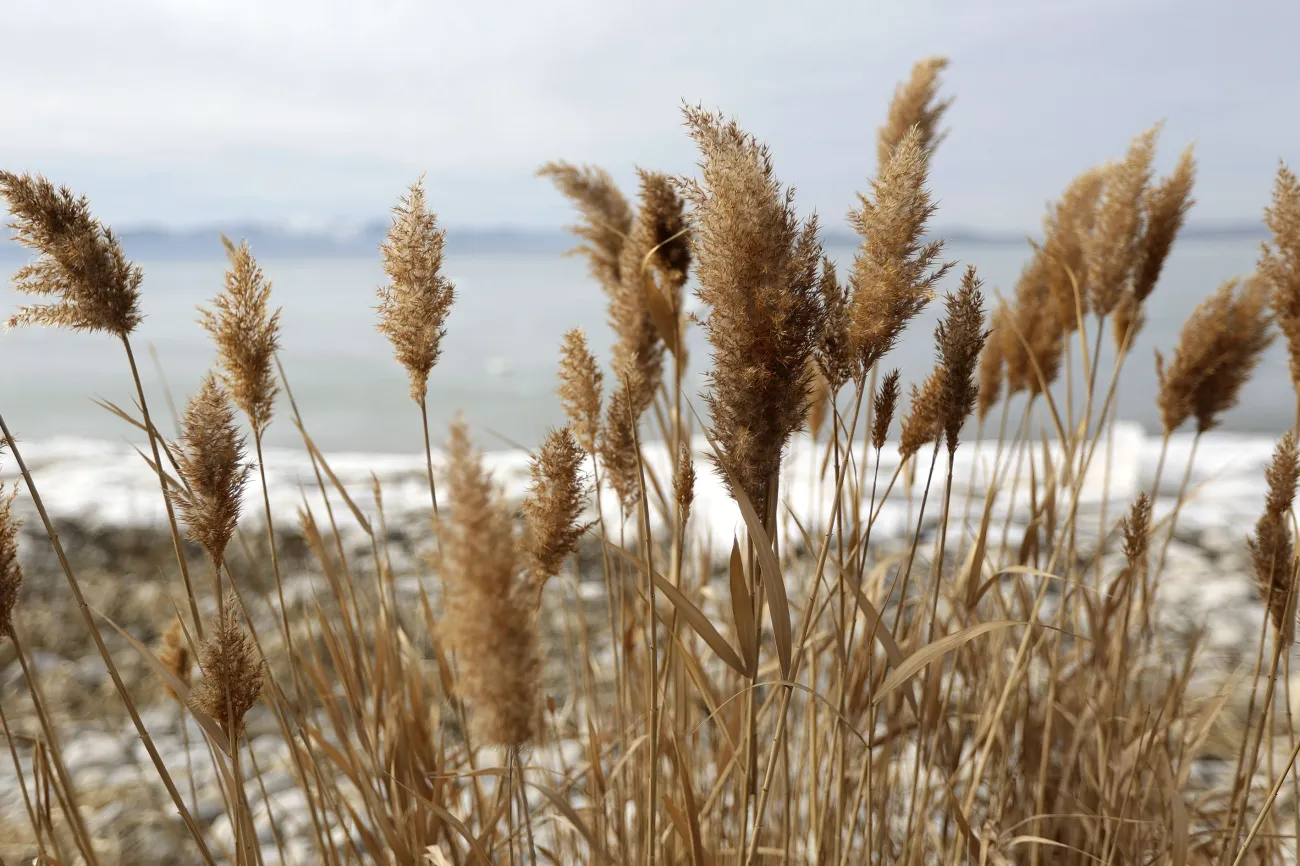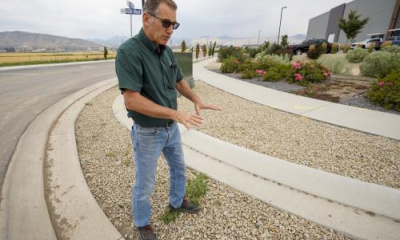Proposal outlines stepped-up removal program for plant
As Utah lawmakers, advocates, state agencies and researchers continue to look for answers to help the Great Salt Lake, one funding request aims to accelerate the effectiveness of an invasive weed eradication program.
To date, the state Division of Forestry, Fire and State Lands has removed 55,000 acres of phragmites, an invasive reed-style plant that dominates the shores of the Great Salt Lake and its upland areas.
Ben Stireman, deputy director of the division, noted that while the $500,000 being requested is not in Utah Gov. Spencer Cox’s budget, phragmites are a constant problem for the agency and its partners.
“In 2016, there was a study that showed that phragmites coverage at that date used about 71,000 acre-feet of water and while you know native vegetation also uses water, it’s considerably less water,” he said. Stireman said it’s estimated the state could save tens of thousands of acre-feet of water by removing the invasive plant and replacing it with native vegetation.
Rep. Doug Owens, D-Millcreek, told members of the Natural Resources, Agriculture and Environmental Quality Appropriations Subcommittee Thursday the money would serve as a rainy day fund of sorts to allow for the optimal time for removal — when the plants have sucked up the water, are inundated and therefore prime for removal.
“Not only do each of those phragmites plants (act like) a straw sucking water out of that lake, but also they are changing the topography and blocking the inflow of freshwater and backing it up where it evaporates even more,” he said. “And there’s no intervening user to divert that water.”
Owens said removing the phragmites might be the “low hanging fruit” behind efforts to save the Great Salt Lake, but he stressed removal of the invasive species is vital for the health of the lake’s ecosystem and waterfowl that come to nest, forage and visit.
More GSL-related funding
A couple other requests dealing with the Great Salt Lake, which dropped to its historic low last year, were also heard by committee members Thursday.
Rep. Casey Snider, R-Paradise, wants an appropriation of $500,000 for engineering on the lake’s causeway to make it more effective and roughly $6.2 million in one-time money for 2025 for additional stream flow and water diversion gauges for the collection of critical water data from the lake. The ongoing appropriation would be $3.5 million.
The money would go to the state engineer’s office.
Snider said because reservoirs were so low last year, Utah really didn’t experience a typical spring runoff.
With most reservoirs now hovering in the 80% capacity range on an average statewide level, Snider said that will make a big difference in the amount of water coming off the mountains.
“I think this year will we’ll see marked improvement to the lake if we continue with even just an average winter,” Snider said, adding that more data collection will serve an incredibly useful purpose.









